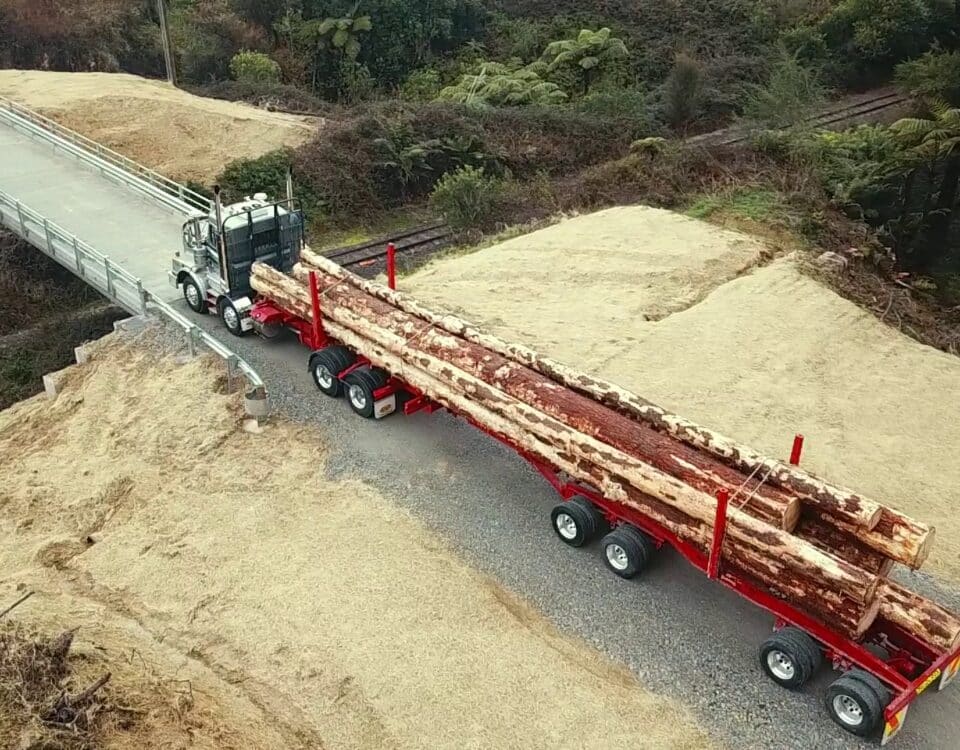
Employee theft: Where does the problem lie?
September 18, 2019
Unleashing the power of encouragement
October 7, 2019By Doug Wick
As a Scaleup business coach, every year and every quarter, I ask my customers “What’s the One Thing you can achieve, such that by doing it, everything else would be easier or unnecessary?” This forms the basis for all of their plans.
Time and time again, I’ve seen customers achieve their One Thing despite incredible odds. I’ve found the One Thing concept so powerful that when my three boys, now grown, were still in grade school, I started asking them to set a One Thing priority each quarter.
Setting an unachievable goal
My oldest son was in his first year running cross country and also just started basketball again when he came up with a One Thing that shifted his perception of what he thought he could achieve. When I announced to my boys just before the start of September that it was time to turn in their 90-day goals for the quarter, Josh didn’t waste any time turning his in.
The list he handed me included getting good grades and basketball goals for scoring, rebounding, and for assists. Then he announced one that was particularly important to him. Since he’d begun running cross country that year, he’d faced one challenge that he’d not been able to overcome. He was extremely competitive, and one of the boys on the team, Chase, had always beaten him in every race, except for a time trial run at the beginning of the year when they finished in a dead heat. Josh told me that his one thing this quarter was going to be to beat Chase in a race.
That would be no small achievement. Chase had been improving steadily and had actually increased the gap in their recent races, finishing as much as 20 seconds ahead of Josh in a 2-mile race.
The following week, Josh had his first race against Chase. It was a shorter one with a handful of runners, and while Josh got off to a good start, Chase immediately moved into the lead and led the whole race, with Josh finishing second. After the race he was happy about his finish, but questioned whether he could ever beat Chase.
“He’s so fast, Dad!” he told me.
I reminded him of how he could beat Chase in shorter runs when they practiced and how he’d stayed with him in the time trials. If he could just stay close, he had the speed to pour it on at the end and beat him.
Putting the plan into action
One of the last races of the year before state was the all-school meet, where all of the 8th grade teams in Cedar Rapids, Iowa competed. It was held at Noel Ridge Park, near our home. That park was the scene of one of Josh’s poorer performances, where he’d gotten stuck in the wash at the beginning of the race and ended up finishing seventh. He told his mother this was going to be his redo, a chance for redemption.
The race started and Josh immediately took the lead, staying out ahead for the first quarter to half mile. He had finished first in meets several times. About that time, one of the best runners for a competitive school took the lead. Shortly after that, Chase passed Josh, as well.
My wife looked at me disappointedly.
“I guess we’ll have to settle for third or fourth again?” she said.
“No,” I said. “I think he will still win this thing.”
For the rest of the race, the two runners stayed ahead of Josh. He stayed five to seven meters back. As Josh continued to stay within striking distance, my confidence soared. I’d seen Josh pass as many as 15 -20 runners at the end of a race with his kick. He always held something in reserve, and I sensed this time he was planning to have an extra special kick.
It was amazing to watch because these three runners were setting an amazing pace literally 200 yards or more ahead of the rest of the runners.
As they closed in on the finish line, they had to take a sharp curve with a downhill slope that marked the final 100 -150 yards to victory. Just about 20 yards from the curve, my son kicked it in; he rounded the curve wide and passed the other two runners. They seemed surprised to see him running so fast.
It took a few seconds for each to respond and by that time my son was 10-15 yards ahead. Chase seemed to have more energy left and he quickly passed the previous leader and made up ground on my son. Just before the finish line he almost caught Josh, but Josh managed to stave him off.
The crowd was roaring. My wife was crying, I was close to tears, and everyone was congratulating us and my son about the determination he had shown.
My son chose a One Thing that at the time seemed almost unattainable as his top priority for the quarter, and in the short span of less than 30 days from setting that goal, he achieved it.
Corporate vulnerability
I often keep Josh’s race in mind when working with my customers. When one company failed to achieve its annual plan two years in a row, neither the leadership team nor the owner and CEO saw any reason to alter it. They pressed forward to achieve it the third year.
This was frustrating to me as their coach. I’d spelled out a clear path to follow to achieve their goal. Yet in our annual meetings and those in between, it was apparent they were having difficulty acting on my advice. This slowed their progress.
Their priority was to reduce corporate vulnerability, because one of their customers dominated their revenue stream. The previous year this customer reduced its commitment by 75%, sending ripples throughout the business. They were fortunate to have started working on this objective the prior year and had managed to bring their revenue in at a break-even.
By the third year, they began to pick up momentum. They’d succeeded in acquiring new large customers to help compensate for the reduced investment their largest customer had been providing. Through the first two quarters they were running about 14% ahead of their revenue objective.
At the same time, the owner, COO, and marketing department stayed committed to this former largest customer. They’d persistently contacted them, sent them new ideas and fresh product offerings, and requested meetings in case their situation changed.
Then something fortunate occurred. This customer decided to come back at a level beyond any of its previous investments—adding nearly $2.5 M in revenue to this year’s numbers.
The result: my customer achieved a 50% increase in total revenue due to this customer and the outstanding efforts the team made to reduce corporate vulnerability by adding new large customers. After failing for two years, the customer blew away its One Thing, reaching the equivalent—a 16.66% growth rate over the past three years based on the third year’s achievement alone.
What would have been the cost of choosing something else as the company’s One Thing?
Many leaders have a hard time setting a One Thing. They want to dream big but know how much work it will be to organize their teams to achieve a seemingly unattainable goal. This is natural, but if you want take your company to the next level, committing to ambitious benchmarks is the only direct route.
As the former head basketball coach at UCLA once put it, “‘Why do we dread adversity when we know that facing it is the only way to get stronger, smarter and better?”
Overcoming fear of failure
Never fear failing. As I tell my customers, it is always the cloak that hides victory and allows us to learn from our failures in order to improve.
Seeing my son, and my customers achieve “insurmountable” goals reminds me again and again of the power of focus, and what choosing a One Thing priority can mean for you and your business.
As Gary Keller puts it in The One Thing: The Surprisingly Simple Truth Behind Extraordinary Results, “Success demands singleness of purpose. You need to be doing fewer things for more effect instead of doing more things with side effects. It is those who concentrate on but one thing at a time who advance in this world.”
I know how hard it the choose a One Thing. The economy is unpredictable right now. Many business leaders don’t know what the next week will bring, let alone the next quarter.
What I will tell you is it’s always better to set big goals and fail than to operate without them. Whether you pour it on at the end of the race or take the steadily persistent, tortoise-like approach my customer did, you’ll only achieve big results if you know where you’re heading.
Doug Wick is the owner of Positioning Systems. Follow him on LinkedIn at https://www.linkedin.com/in/douglas-wick-b178432.




